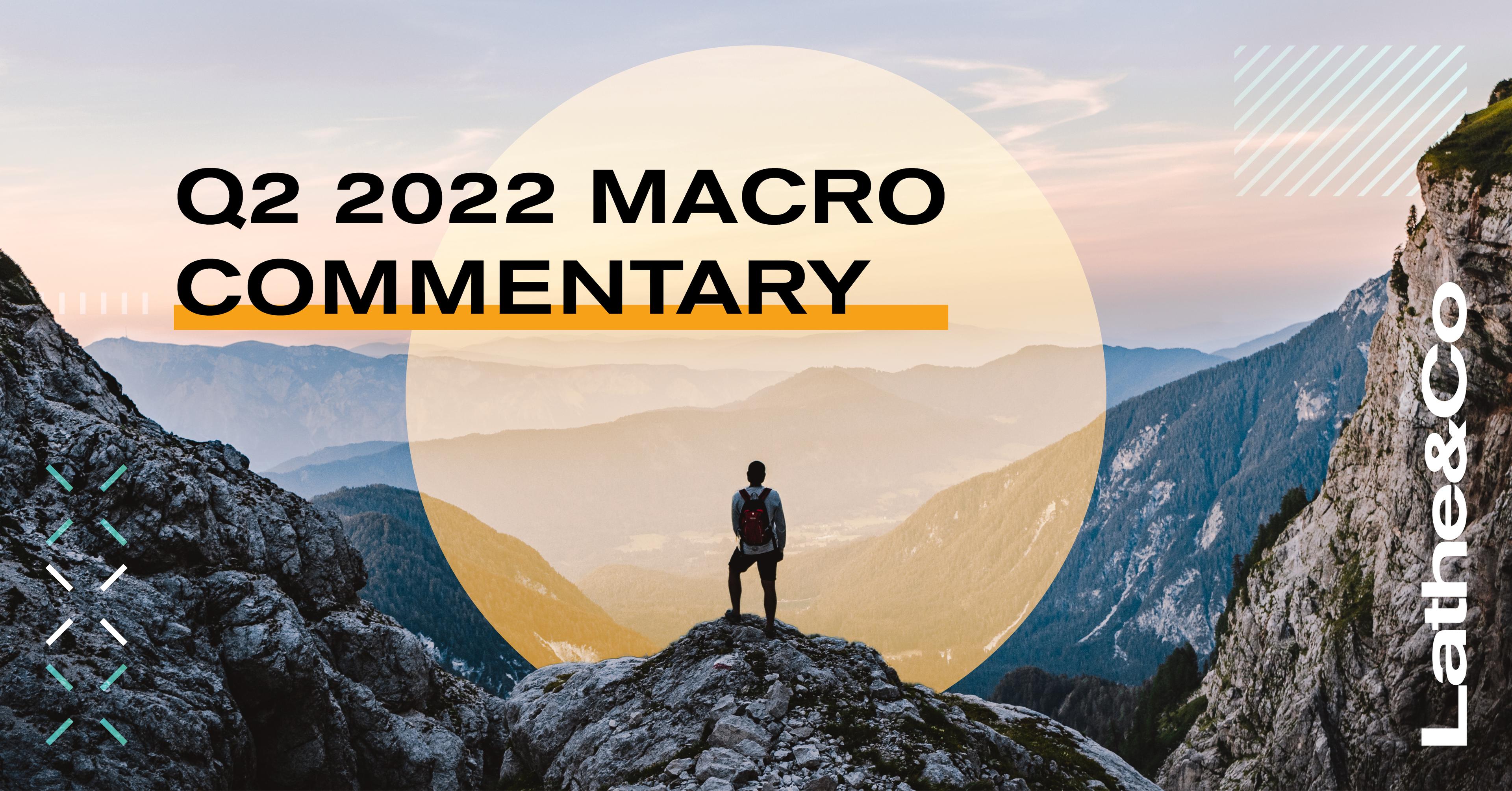
Q2 2022 Macro Commentary
22/07/2022
Global Markets
Rising inflation and higher medium-term interest rates – which in turn impacted asset valuations – were key drivers behind market movements through Q2 as the MSCI World Index fell by 8.5%. US equities experienced significant declines as the S&P 500 had its worst first half of the year since 1970 and the technology-heavy Nasdaq Composite Index has suffered losses of more than 28% through the first two quarters of 2022. UK equities have outperformed global equities through Q2 and year-to-date (by 5.2% and 7.8% respectively) as the FTSE 100’s higher exposure to the Energy sector and smaller exposure to Technology have helped with relative performance.
Emerging Markets outperformed Developed Markets through Q2 (-3.9% vs -8.9%) as countries that are major commodity exporters such as Brazil and UAE benefitted from the rising commodity prices.
Chinese equities suffered at the beginning of the quarter due to the prolonged lockdowns in Shanghai. What began as a supposed two-week lockdown had stretched well over two months and caused supply shocks in Western economies. Global investors are now returning to the Chinese market as lockdown restrictions are being lifted and Chinese stocks were one of the strongest performers towards the end of the quarter, with the MSCI China A Index returning 7.5% through the end of Q2.

Equity Styles
Within Global Equities, the Value style factor continued to outperform the broader market through Q2, whilst Quality and Momentum both underperformed. The strong performance in Value comes as the macro environment shifts from rising growth with low and stable inflation, to lower growth and rising inflation.

Inflation
Rising inflation continued to be a key theme through the quarter as US and UK inflation hit multi-decade highs of 8.6% and 9.1% respectively in May. This inflationary pressure has been driven by a combination of factors, including labour supply shortages, the supply of goods and commodities being hit by Covid restrictions in China, the Russia-Ukraine war and the corresponding energy supply issues, and pent-up demand from developed-market consumers post-lockdown.
Fixed Income
The primary driver behind negative returns in fixed income markets during Q2 was rising interest rates as a result of elevated inflation and hawkish central banks.
Corporate bonds suffered in this broad market selloff, underperforming government bonds, suggesting investors may have been looking to reduce credit exposure as economic metrics deteriorate. With these growing concerns around the economic outlook and fears of a potential recession later this year, high yield credit was hit particularly hard, underperforming that of investment grade.
The Fed hiked the Fed Funds rate by 50 bps in May and a further 75bps in June in an attempt to cool inflation, whilst cutting 2022 growth forecasts. The Bank of England adopted a similar hawkish stance, hiking the base rate by a further 25bps in May to 1%. As Eurozone inflation hit a record 8.6% in June, the European Central Bank is also preparing its first rate hike in 11 years.
Recent in markets


